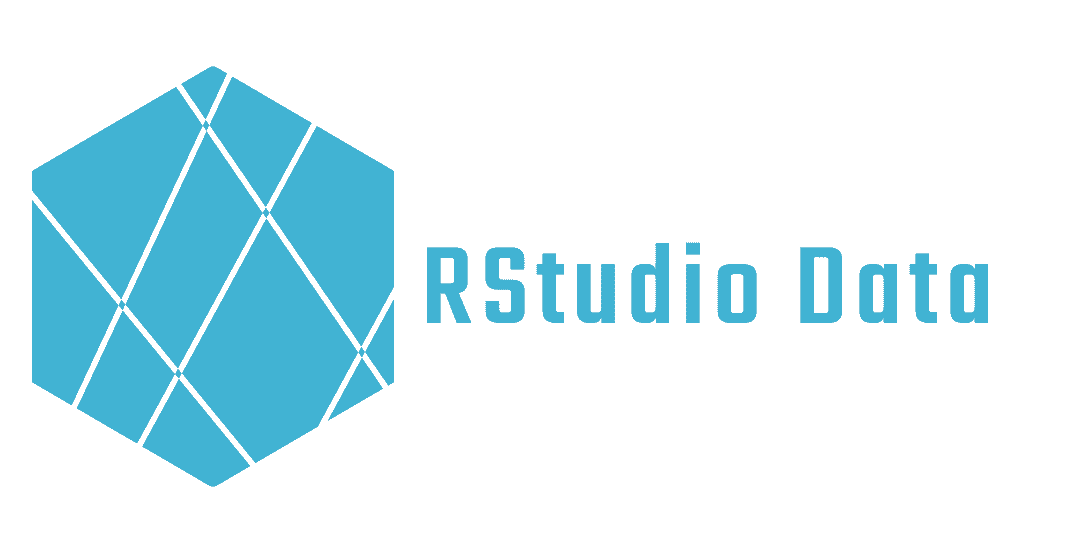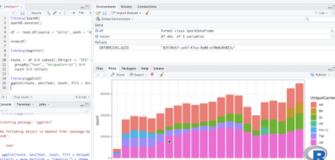R or Python: which one to choose for data analysis
Share

Data analysis is an ever-evolving field that requires the use of powerful programming languages. Two of the most popular options are R and Python, each with its own features and benefits. So, which is the best choice for data analysis? That depends on your goals and programming experience. In this article, we’ll look at the differences between R and Python and help you decide which of these two programming languages is best for your needs.
R: a programming language specialized in statistics and data visualization
R is an open source programming language created in the 1990’s for statistical calculations and graphical representation of data. Statisticians and data scientists particularly appreciate it for its power and flexibility in statistical calculations and graphing.
The advantages of R for data analysis are numerous. First of all, the R language has a large number of libraries and packages dedicated to statistics and data visualization. These allow you to easily perform advanced analyses and create graphs. Moreover, R is very well documented and has an active community, which makes it easy to find solutions and to learn the language.
Examples of using R in data analysis:
- Data processing and cleaning: R has data manipulation libraries such as dplyr and data.table that allow you to manipulate and clean data efficiently.
- Statistical analysis: R has libraries such as base R and stats that allow for advanced statistical analysis.
- Data visualization: R is particularly well known for its ability to create professional quality data visualizations with libraries like ggplot2 & lattice.
- Machine learning: R also has machine learning libraries such as caret and randomForest that allow the implementation of machine learning algorithms.
Python: a general purpose programming language for data analysis
Python is a general-purpose programming language that was originally developed in 1989 and has become one of the most popular programming languages in the world. It is used in many fields, including data analysis.
Python has many advantages for data analysis. First of all, it is a very easy programming language to learn and use, which makes it an ideal option for programming beginners. In addition, Python has a large community of developers and libraries online, which means there are many resources available to help users solve problems and learn new skills.
In addition, Python is a very flexible and powerful programming language that can be used for a wide variety of tasks, including data analysis. It has a large number of libraries and frameworks dedicated to data analysis, such as NumPy, Pandas, and scikit-learn, which allow for efficient data manipulation and processing.
Examples of using Python in data analysis:
- Data processing and cleaning: Python allows you to manipulate data quickly and efficiently with its data manipulation libraries such as Pandas.
- Statistical analysis: Python has libraries such as scipy and statsmodels that allow you to perform advanced statistical analysis.
- Machine learning : Python is one of the most popular programming languages for machine learning thanks to its machine learning libraries like scikit-learn and TensorFlow.
Comparing R and Python for data analysis
Now that we have seen the main advantages of R and Python for data analysis, let’s see how they compare.
Here are some points to consider when comparing R and Python:
- Specialization: R is a programming language specialized in statistics and data visualization. Python on the other hand is a general purpose programming language. If you are looking for a programming language specialized in data analysis, R might be a better option.
- Ease of use: Python is generally considered easier to learn and use than R, especially for programming beginners. If you are a beginner or looking for an easy-to-use programming language, Python might be a better option.
- Libraries and frameworks: Python has a large number of libraries and frameworks dedicated to data analysis. Examples are NumPy, Pandas and scikit-learn. R also has many libraries for data analysis, but they are not as numerous as those of Python. On the other hand, they can be more specialized. If you are looking for a programming language with a wide range of libraries and frameworks for data analysis, Python might be a better option. Remember, however, that quantity does not equal quality.
To learn more about the differences between R and Python, you can read our article on this subject: Data analysis with R and Python: what are the differences?
Conclusion
In conclusion, both R and Python are powerful programming languages for data analysis. Each has its own advantages and disadvantages and the final choice depends on your goals and programming experience.
which programming language to choose for data analysis between R and Python?
It’s hard to say which programming language is better for data analysis between R and Python, as it depends on your goals and programming experience. R is a programming language that specializes in statistics and data visualizations, while Python is a general purpose programming language that can be used for a wide range of tasks, including data analysis.
If I am new to programming and looking for a programming language that is easy to learn and use, Python might be a better option.
If I’m looking for a programming language that specializes in data analysis or if I already have programming experience and am looking for a language with a wide range of libraries and frameworks for data analysis, R might be a better option. It may be worth testing both languages and seeing which one is more suitable for one’s needs.



